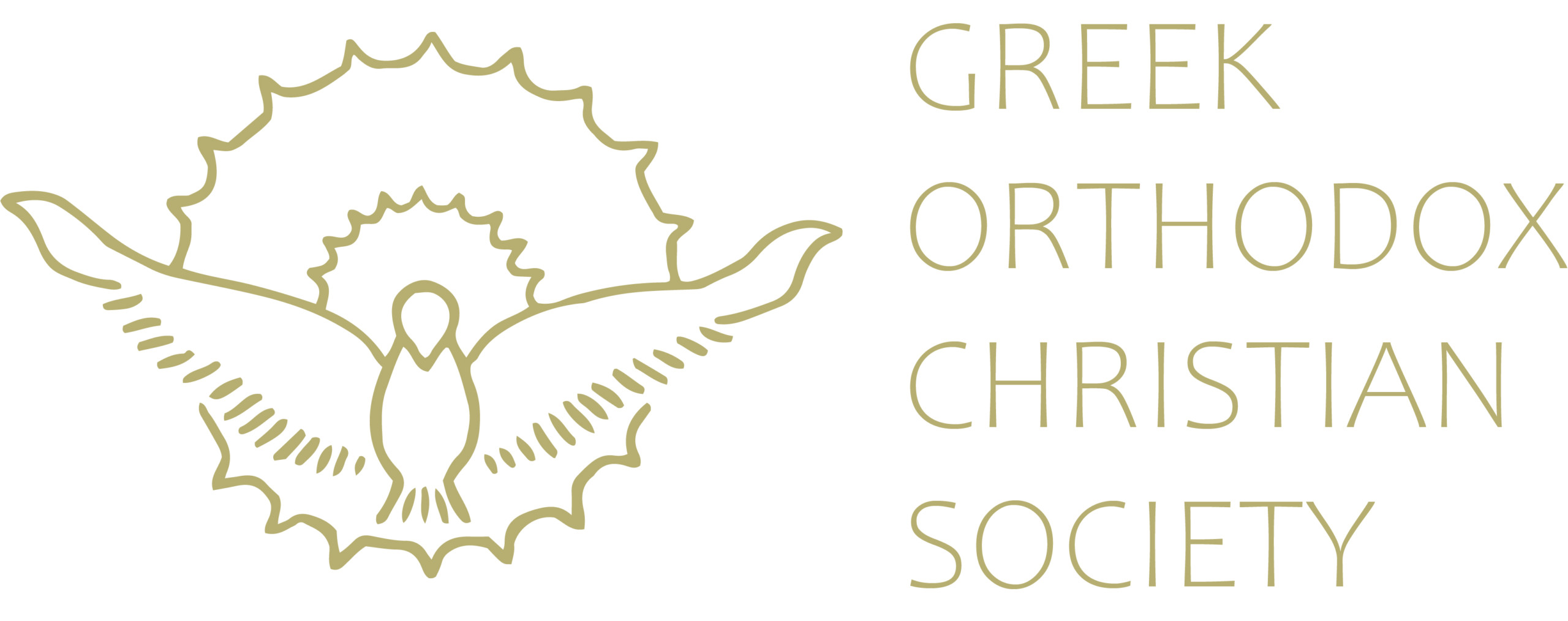The Holy Icon of the Dormition

“From the moment Christ is born of a Mother who can be depicted, He naturally has an image which corresponds to that of His Mother. If He could not be represented by art, this would mean that He was not born of a Mother who can be depicted, but was born only of the Father and that He was not Incarnate. But this contradicts the whole divine economy of our salvation.”
These inspired words of St Theodore the Studite help us in two ways. Firstly, they emphasise the importance of the Theotokos in God’s plan for our salvation. Secondly, they uphold the importance of icons in our Church.
The Dormition is the final major feast in the liturgical cycle of the Church. Beginning with the birth of the Theotokos at the start of the church calendar, we end the year with the falling asleep of the Theotokos and the ascension of her body and soul to heaven.
As we look upon the icon of the feast, the events of the ‘whole divine economy of our salvation’ that we celebrate throughout the past year are in our minds.
The Theotokos lies on her deathbed with her head slightly raised. Apostles Peter and Paul are at the head and base of the bier. The other disciples, bishops, and women surround the Theotokos. This image of mourners gathered around the body of a loved one is something that all people from every age experience and understand.
All who are present fix their eyes sorrowfully and reverently on the Mother of God, directing our eyes also to her. Jesus Christ is framed by a colourless double mandorla (an almond-shaped halo). The outer mandorla is filled with the angels who were also present at the dormition.
Our attention is drawn from the body of the Theotokos to her soul cradled by Christ, who is clothed in golden robes at the centre of the icon. This image is a beautiful reversal of the typical depiction of the Theotokos holding the Christ-child. Instead of Panagia ‘Hodegetria’ showing us Christ as “the way”, our Lord is reminding us of the fulfillment of the way, “I expect the Resurrection of the dead and the life of the age to come” (Nicene Creed).
The Mother of God ascended to heaven, both in soul and in body three days later. Through her deification the Theotokos brings us much hope, encouragement and awe at the mystery of God’s plan for us.
This icon depicting the Dormition is a 14th Century mosaic from the Chora monastery in Constantinople. It decorates the western wall of the nave of Chora, above the door through which the faithful exit following the divine services.
Having foretasted heaven on earth through the Divine Liturgy, the faithful pass under this icon which proclaims life beyond the grave, eternal joy, and God’s love for His children.
Source: Lychnos August–September 2020
